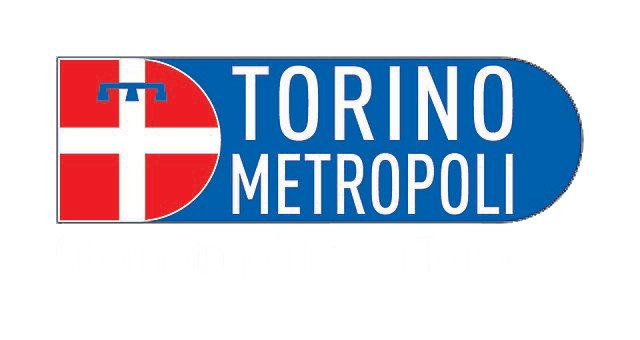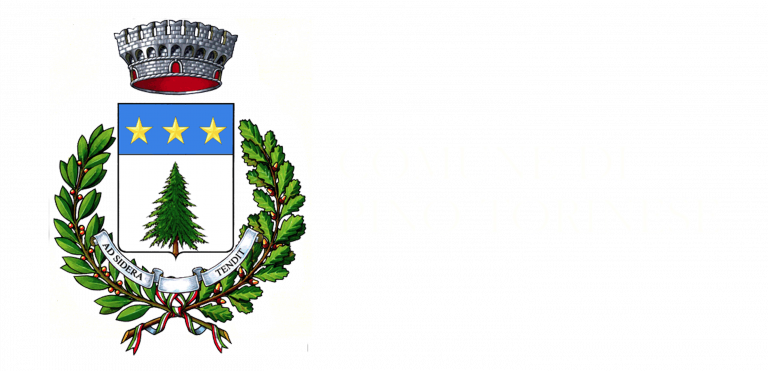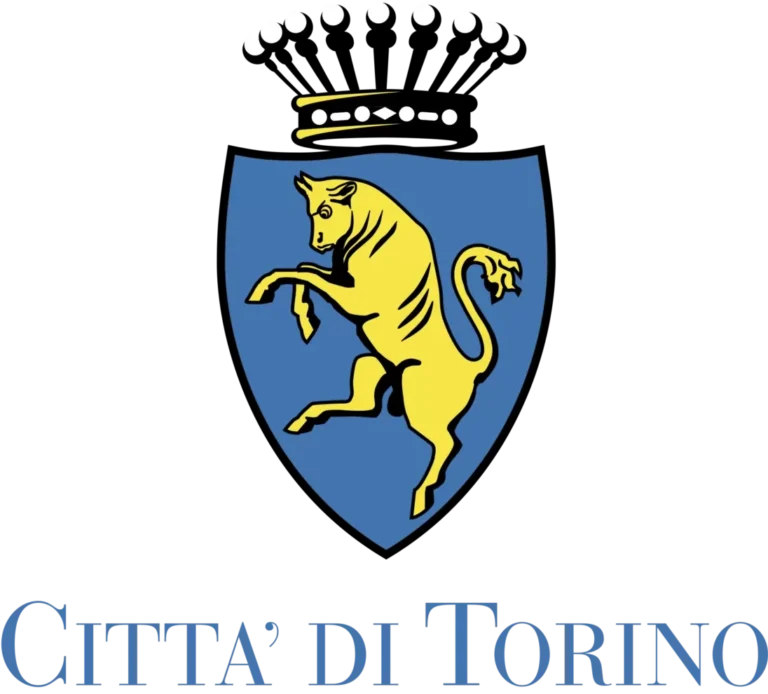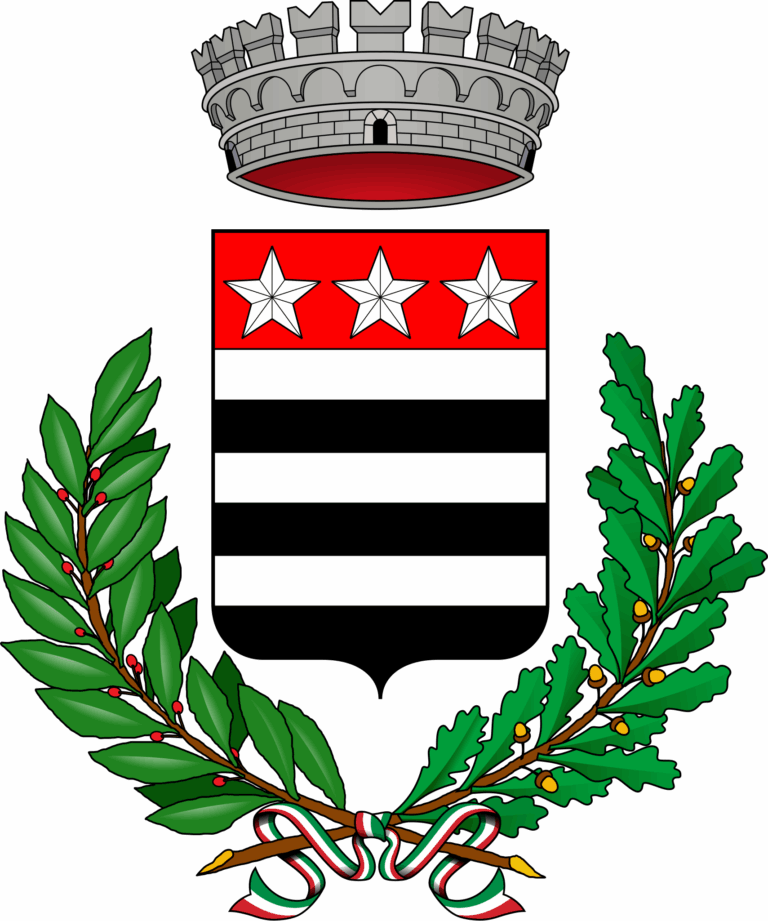GIOVE
GIOVE

DURATA GIORNO (ROTAZIONE)
9,92 ore

DURATA ANNO (RIVOLUZIONE)
11,86 anni

EFFETTO GRAVITÀ



GIOVE
Giove prende il suo nome dalla divinità della mitologia classica, il sovrano di tutti gli dei.
Giove è il pianeta più grande del sistema solare. È un pianeta gassoso, costituito prevalentemente di idrogeno ed elio, con una piccola percentuale di altri elementi chimici e molecole più complesse come ammoniaca e metano. Si ritiene tuttavia che la sua porzione più interna sia solida anche se sono frammentarie le informazioni in merito ad una sua composizione; sappiamo però che il nucleo è molto caldo, con temperature dell’ordine dei 30.000 gradi. Se abbiamo diverse informazioni sull’atmosfera gioviana (composizione, aspetto, dinamiche), non ne abbiamo nessuna in merito al suo interno profondo dal momento che non è visibile, coperto dalla densa atmosfera.
Indubbiamente degna di nota è proprio la presenza di una movimentata dinamica atmosferica che si concretizza, dal punto di vista visuale, in un’abbondante presenza di vortici di diversi colori in funzione degli elementi chimici e molecole coinvolti. Giove possiede numerosi satelliti di diverse dimensioni ma, tra questi, i più celebri sono senza dubbio i 4 satelliti che Galileo Galilei vide grazie all’ausilio del cannocchiale e che chiamo “satelliti medicei”. Si tratta di Io, Europa, Ganimede e Callisto.
Giove è il primo pianeta gassoso che, in un ipotetico viaggio all’interno del sistema solare, potremmo incontrare una volta partiti dal Sole. Nel dettaglio, Giove dista da 740 a 778 milioni di chilometri dal Sole.
Tra le sonde “storiche” che sono state impiegate nell’esplorazione gioviana vale la pena ricordare almeno le Voyager 1 e 2. Mentre la prima, nel 1979, ha inviato una grande mole di dati ed immagini del pianeta, la seconda si è dedicata maggiormente all’analisi dei “satelliti medicei” ottenendo precise informazioni su questi interessanti oggetti. Nel 1995, la sonda Galileo ha rilasciato un modulo nell’atmosfera di Giove e, sebbene sia riuscita a resistere per soli 57 minuti, ha ottenuto informazioni importanti in merito alla densità e alla temperatura di questo pianeta.
La Grande Macchia Rossa è il più grande vortice presente nell’atmosfera gioviana. Si tratta di un’area di alta pressione che presenta venti tempestosi con una superficie tale che potrebbe racchiudere due pianeti con dimensioni analoghe a quelle della Terra. Le dimensioni della struttura non sembrano però essere costanti nel tempo: un secolo fa infatti la sua larghezza era di circa 40.000 Km mentre oggi è larga 17.000 Km. Anche la sua forma sta cambiando nel corso degli anni dal momento che da una figura ellittica molto pronunciata si sta trasformando in una forma sempre più simile a quella di un cerchio.
L’osservazione di Giove da Terra è decisamente entusiasmante; anche con l’utilizzo di un telescopio amatoriale è possibile infatti osservare il gigante gassoso e i suoi “satelliti medicei” con estrema facilità. Non è pertanto difficile riuscire ad osservare i segni della turbolenza atmosferica gioviana e quindi anche la “Grande Macchia Rossa”. Anche ad occhio nudo Giove è facilmente visibile dal momento che risulta essere molto brillante e luminoso tanto che spesso alcuni osservatori alle prime armi considerano la luce di questo pianeta come quella proveniente da una stella.
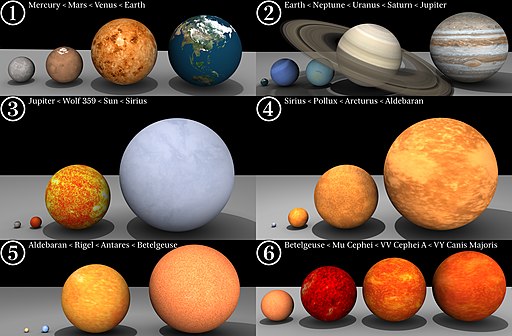
Dave Jarvis (https://dave.autonoma.ca/), CC BY-SA 3.0, via Wikimedia Commons

Torino nello Spazio
Studi, modelli, veicoli per le missioni:
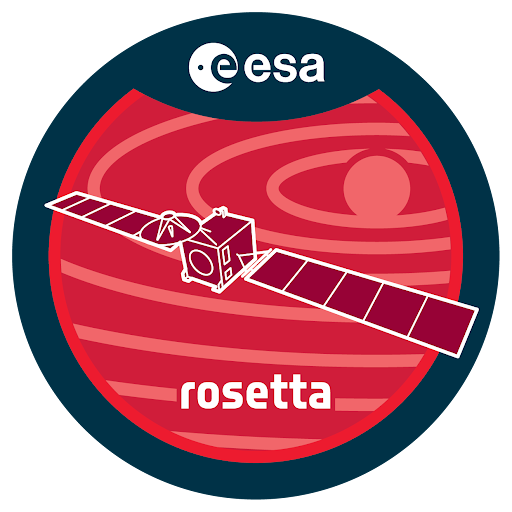
Rosetta
APPROFONDIMENTI:
- Wikipedia: Rosetta (spacecraft)
- Thales Alenia Space: Wake Up Rosetta!
Il Sole è il punto di partenza del Sentiero dei Pianeti: una passeggiata di 8,6 km che rappresenta il sistema solare, mostrando la distanza e dimensione dei pianeti in scala (1:869.653.000). Il percorso, immerso nel verde, prevede 13 tappe e termina a Pino Torinese, presso il Planetario-Osservatorio.

JUPITER
Jupiter takes its name from the classical mythological deity, the ruler of all the gods.
Jupiter is the largest planet in the solar system. It is a gaseous planet, composed primarily of hydrogen and helium, with a small percentage of other chemical elements and more complex molecules such as ammonia and methane. However, its innermost portion is believed to be solid, although information regarding its composition is fragmentary; we do know, however, that its core is very hot, with temperatures in the order of 30,000 degrees. While we have a lot of information about Jovian atmosphere (composition, appearance, dynamics), we have none about its deep interior, since it is not visible, covered by the dense atmosphere.
Undoubtedly noteworthy is the presence of lively atmospheric dynamics, which manifests itself, visually, in an abundance of vortices of different colors depending on the chemical elements and molecules involved. Jupiter has numerous satellites of various sizes, but among these, the most famous are undoubtedly the four satellites that Galileo Galilei saw with the aid of a telescope and which he called the “Medici satellites.” These are Io, Europa, Ganymede, and Callisto.
Jupiter is the first gas planet that, in a hypothetical journey within the solar system, we might encounter after departing from the Sun. Specifically, Jupiter is 740 to 778 million kilometers from the Sun.
Among the “historic” probes that have been used in the exploration of Jupiter, it is worth mentioning at least Voyager 1 and 2. While the former, in 1979, sent a large amount of data and images of the planet, the latter devoted itself more to the analysis of the “Medici satellites,” obtaining precise information on these interesting objects. In 1995, the Galileo probe released a module into Jupiter’s atmosphere, and although it lasted only 57 minutes, it obtained important information about the planet’s density and temperature.
The Great Red Spot is the largest vortex in Jupiter’s atmosphere. It is a high-pressure area with stormy winds, covering a surface area large enough to enclose two Earth-sized planets. The structure’s dimensions, however, do not appear to be constant over time: a century ago, its width was approximately 40,000 km, while today it is 17,000 km. Its shape is also changing over the years, from a very pronounced elliptical shape to one increasingly resembling that of a circle.
Observing Jupiter from Earth is decidedly exciting; even with an amateur telescope, it is possible to observe the gas giant and its “Medici satellites” with extreme ease. It is therefore not difficult to observe the signs of Jovian atmospheric turbulence and therefore also the Great Red Spot. Jupiter is easily visible even to the naked eye, as it is so bright and luminous that some novice observers often mistake the light from this planet for that of a star.


Turin in Space
Mission studies, models, and vehicles:







